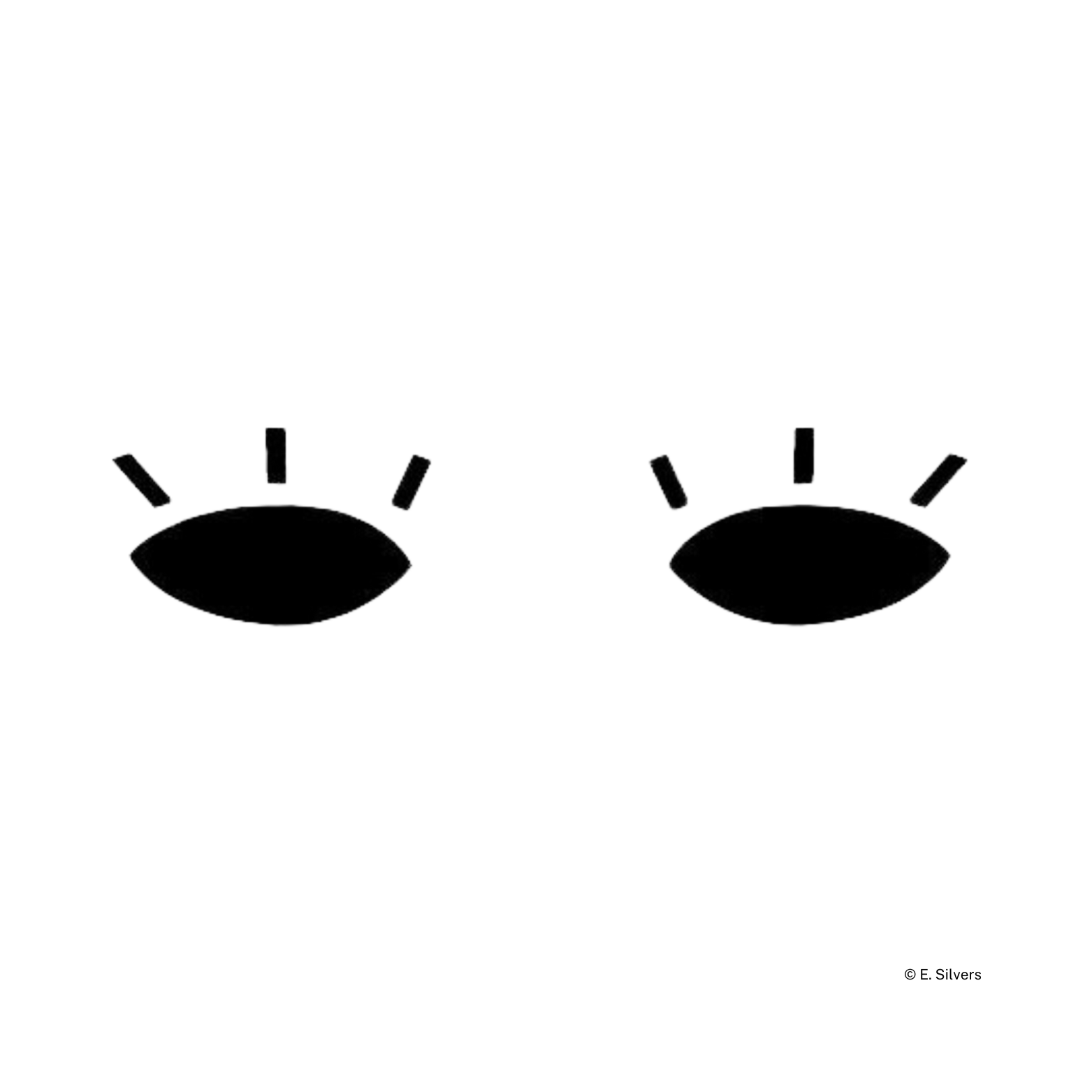
The Most Common Food Additive Categories as of August 2023
Thank you for reading this post, don't forget to subscribe!There are many different categories of synthetic food additives, each with their own specific functions and purposes.
Here are some of the most common food additive categories with examples:
- Preservatives: These additives are used to prevent spoilage and extend the shelf life of food products. Examples include sodium benzoate, potassium sorbate, and BHA/BHT.
- Emulsifiers: These additives are used to help mix ingredients that don’t normally blend well together, such as oil and water. Examples include lecithin and mono- and diglycerides.
- Stabilizers and thickeners: These additives are used to give food products a certain texture or consistency. Examples include carrageenan, xanthan gum, and pectin.
- Colorants: These additives are used to enhance the appearance of food products, making them more appealing to consumers. Examples include FD&C Red No. 40, Yellow No. 5, and Blue No. 1.
- Flavor enhancers: These additives are used to improve the taste of food products. Examples include monosodium glutamate (MSG) and disodium inosinate.
- Sweeteners: These additives are used to make food products taste sweeter without adding sugar. Examples include aspartame, saccharin, and sucralose.
- Acidulants: These additives are used to add tartness or sourness to food products. Examples include citric acid, malic acid, and lactic acid.
It’s worth noting that not all synthetic food additives are necessarily harmful or dangerous. However, some people may have sensitivities or allergies to certain additives, and it’s always a good idea to read ingredient labels and be aware of what you’re consuming. Health research evolves.

The Most Common Food Additive Categories as of August 2023
